Argentina to Bolivia at La Quiaca/Villazon
From Humahuaca we took a bus up to La Quiaca - the Argentine border town where we hopped out, avoided the panhandlers and hostel salesman, and hiked to the Bolivian border. We were expecting a rather rude welcome at the border because Bolivia has decided, quite logically, to treat citizens of the USA the same as we treat foreigners. You need a $100 fee, proof of solvency (credit card will do), proof of immunization for yellow fever, an itinerary, and an identification portrait of yoruself. In fact, while we had prepared all of these things they only really demanded the $100. In exchange, they give one of the prettiest passport stickers (sticker - not stamp, which is less romantic but more useful) and allow you to come and go in the country as much as you want for the next 5 years. There has been a drop in tourism from the USA over the last few years, though the plan was implemented in December 2007. I doubt they are linked, though I imagine this will reduce visits from the USA to Bolivia which is a real shame... Other than these relatively reasonable demands, the border crossing was as smooth as any I've experienced.
Once in the Bolivian border town of Villazon we walked to the train station (note: it's further than you think and doesn't have a sign outside, get a taxi). We hit an ATM along the way, grabbed a pizza, and bought our tickets to the town of Tupiza. Total for pizza and train passage for 4: US$15. All of a sudden the $100 entry fee is feeling less painful and more like a membership at Costco - you pay more up front but then once you're inside it's cheap!
The train trip was beautiful and, after discussing the sketchy bus with some other tourists, I think the train was a great decision. It only runs 4 days a week, though, so plan your arrival at the border carefully. We arrived in Tupiza, headed to the no-frills, clean Hotel Mitru which, in the morning light the next day, looked more like an oasis: pool, lounge chairs, ping pong table, perfection.
If you're like most visitors to Bolivia you are going on a trip to the Salars or salt flats. There are basically two options: start and end in Uyuni and do a 2 day trip OR Start in Tupiza and spend 4 days touring desserts and high altitude sites ending in Uyuni. The latter is the far better choice and staying at Hotel Mitru in Tupiza for a few days allowed us to get adjusted to the altitude in comfort, which is nice since the trip crests 5,000 meters and spends a night at 4,700 meters. That's higher than we'd ever been!
We did this part of the trip with our good buddies Aly and Justin, but they were unable to continue. In fact, that was probably a good idea but at the time it was hard to say goodbye to a friendship we had just reconnected.
The Salar Trip Itself
Ok, keeping in mind that Bolivia includes a $100 entry fee the trip to the Salar de Uyuni was still the best value and perhaps the best part of this 9 month adventure. Our expectations were pretty limited: a big flat area covered in salt. In fact, the trip covered the entire Southwest corner of Bolivia and it blew our freaking minds. We also had been told it would be a "Jeep" tour. The whole trip was on dirt roads, usually "unimproved" dirt roads. This was a bonus because it keeps traffic low (you need a specific off-road vehicle to be able to make it down these roads) and added to the sense of adventure, but it was also a bummer because it caused heavy erosion in certain places and in other areas the parallel tracks marred the landscape for 100 yards on both sides of us.
Day 1: Climbing and Good Views Outside Tupiza
After loading our backpacks onto the top of the Toyota Land Cruiser (yes!) we left Tupiza (elevation 2,950m) and the first night we slept at 3,300m so we spent a lot of the day ascending. "Ascending" puts it mildly. We drove up a single lane dirt road that was bounded by the increasing mountain on one side and cliff-drops on the other. As a bonus there was a festival in Tupiza so all the folks who lived in the areas we were headed towards had all hitch-hiked in the cargo area of giant trucks to head into town. As we rounded corners our driver would honk to alert oncoming traffic of our presence. This system worked well enough: there was only one "oh-shit-slam-on-the-brakes-so-we-don't-die-I-hope-the-other-guy-slams-on-his-brakes-soon-too" incident as we rounded yet another blind corner on a cliff.
After 190km we arrived in San Antonia de Lipez which is little more than a collection of 1 room adobe houses in a river valley at the base of a mountain. The majority of the sites on this day were tall mountains on the horizon and rolling scrub-covered hills that we drove through. There were also some heavily erroded canyon walls which were pretty amazing. We saw a ton of llamas (none in pajamas) some vicunas (wild cousin of the llamas) and purchased some nice lana de llama hats which were essential on the freezing nights.
Day 2: Desserts, Lakes, and Flamingoes, Oh MY!
The most varied day on the trip started at 5:30. In our one room adobe house. With a concrete floor. And windows/doors that leaked cold air. Ouch. Hot tea brought to us by our cook helped enormously. Our first site of the day was the "Machu Picchu of Bolivia" as our guide put it, the abandoned city of San Antonio de Oro. The Spanish colonialists found rather rich silver mines on a mountain here and established a town to support the mine operations. Nobody is entirely sure why, but a few hundred years ago the town was abandoned. The best guess is that a sickness invaded town and perhaps the silver was getting more difficult to extract.
From there we proceeded into Parque Reserva Nacional de Fauna Andina Eduardo Avaroa. This reserve is more or less equivalent to the Bureau of Land Management lands in the USA where mining maintains an uneasy coexistence with the principles of preservation.
One of the first sites was a lake full of flamingos. Apparently this is a small amount of flamingos in their lakes, due to the approaching winter, but we were still impressed.
We saw many tall mountains, volcanoes, lagoons full of 3 different kinds of flamingos, "salt" lakes containing different specific minerals which are extracted and refined for various uses (e.g. your shampoo and clothes detergent).
The deserts are really amazing. One minute we drove on red pebbles that only sustained the smallest buds of plants and the next minute the landscape changed to small bushes in tan sandy soil followed by a clear dessert with giant volcanic blobs of stone that had been ejected from a crater 10 kilometers away. Truly amazing stuff. With all the geothermal activity there were some "geysers" which were more like bubbling-mud-pits than the intermittent fountains we are accustomed to from Yellowstone. The sounds and bubbles were straight out of every kids imagination.
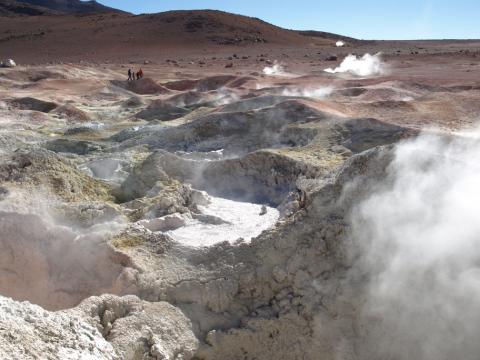
We spent the night in yet another small town of one-room adobe houses. The power in these towns comes from the sun: either for the solar panels or to dry the adobe bricks which become houses and hotels for the booming tourist trade.
This small town was small town along side Lago Colorado (we traveled from Colorado, USA across the world just to visit Lake Colorad0?). Each night we were blessed with a near-full moon and gorgeous sunset.
Day 3: More Breathtaking Scenery
This day was largely a repeat fo the earlier days: brightly colored lagoons, flamingos, llamas, vicunas, tall mountains, deserts. We passed through more random volanic rocks strewn through the dessert including the "arbol de piedra" which looked to me more like a turkey. Here is Greg doing his best turkey impression next to the rock.
At the end of the day we experienced the first salt flat: the Salar de Chiguana. Running through the middle of it is this train track for shipping various products to and from Chile.
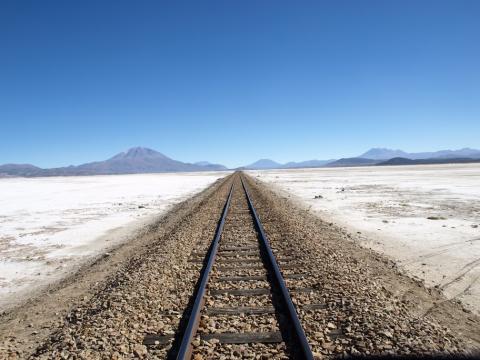
One topic we heard a lot about on the trip was Bolivias history of wars that resulted in losing land to neighbors. Basically every state that neighbors Bolivia now includes land that at one point was considered to be part of Bolivia, but the loss of a connection to the ocean during the War of the Pacific in the late 1800s was the hardest one in the minds of our guides.
We spent this, our last night in a much more touristy town on the southwestern edge of the Salar de Uyuni. Even from this edge it was clear that visiting the Salar de Uyuni would be an amazing experience. Looking out over 12,000 square kilometers of land covered by pure white salt our minds were boggled. It's like standing on the shore of lake Michigan and instead of imagining a boat-trip across the surface you can simply walk or drive the surface. Without variation in the surface your sense of perspective and depth is lost.
Also, the hotel floor and beds were made of salt. In an area without trees, why not?
Day 4: The Gran Salar de Uyuni Itself
We woke at 4:45 to get ready and be able to leave pre-dawn. It was well worth it. The surface of the salar is covered in irregular hexagons. Each year the rains of December and January cover the flats in a few inches of water completely erasing any traces of the hundreds of human visitors from the past year. As the water evaporates it leaves these patterns on the surface of the flats along with a largely smooth surface. As the year goes by and the Land Cruiser flatten the hexagons and deposit small bits of rubber roads are created across the flats only to be erased in the next round of rains. Here are some pictures that can express the beauty better than my words.
We ended the tour at the Train Graveyard in Uyuni. In the 1950s these trains were sent from England to Bolivia (or maybe Argentina or...) and int he 1960s and 1970s as they fell into disrepair they were left here at the end of a spur-track. Now they provide a place for tourists, local graffiti artists, and teenagers who want to find a somewhat place to smooch.
Uyuni and Beyond
We got ourselves a hotel for a half day in Uyuni and immediately showered. That felt better. We had dinner at Minuteman Pizza - a must visit for expats tired after a trip. An expat from Amherst, Massachusetts has opened a brick-oven pizza restaurant that can satisfy your cravings for spicy food in the best expat-gringo way. Also, triple chocolate cake. Yum.
We then booked a ticket on the midnight train towards La Paz (it stops in Oruro where we transfered to a bus). We got the upgrade to first class which was key - most of the train lacks heaters so people were bundled in layers of llama (locals) and down (dirty hippy travelers). We got a heated car with full seats that reclined to near flat and service including tea, pillow, and blanket. And, when the price differential between regular and first class is only a few dollars it's hard to say no.
Again, this was the best value of our adventure so far if not the best part of the whole trip. The nights in cold rustic buildings were a little hard, but the trip is without comparison in our lives. As a measure of that beauty - there are 18 photos in this post and that probably felt like a lot. We actually spent a half hour deciding on which were our favorites from among the 663 photos that we took on this trip. If you are looking to take a trip to Latin America and "Los Cabos" nor "Costa Rica" feel exciting, head to the salt flats of Bolivia. It takes a little work to get here, but it is absolutely worth it.

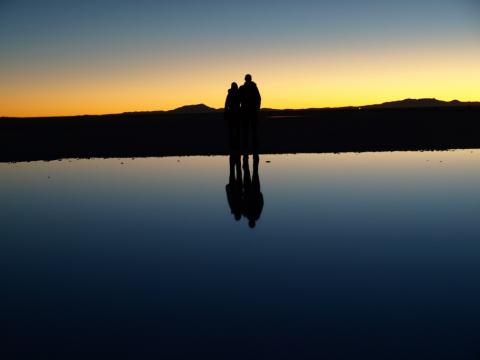

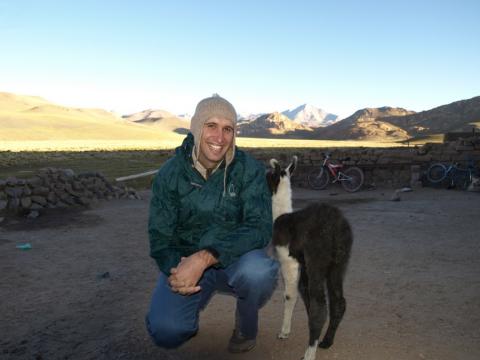
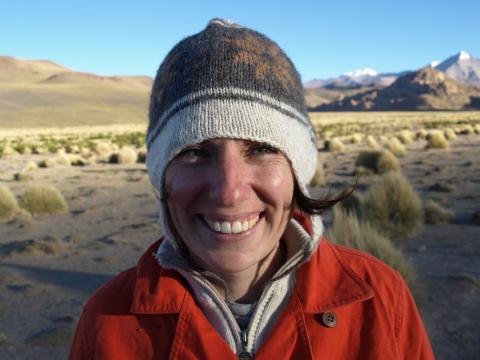
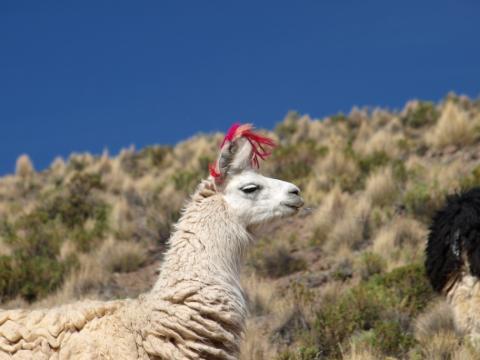

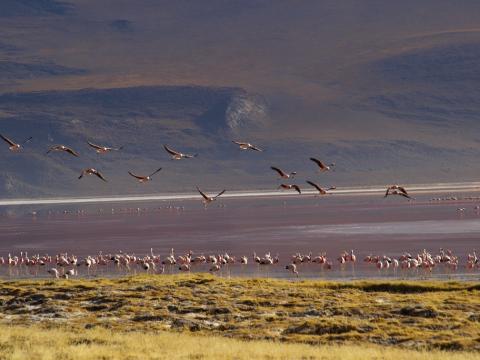
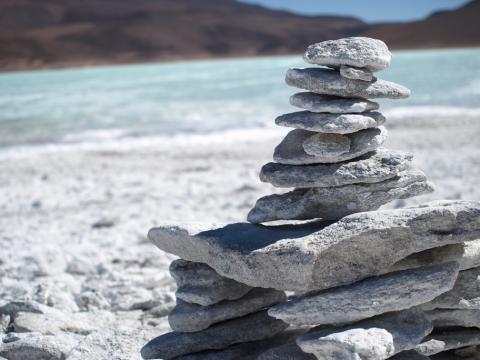
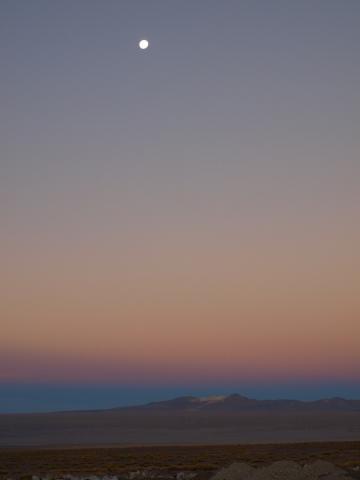
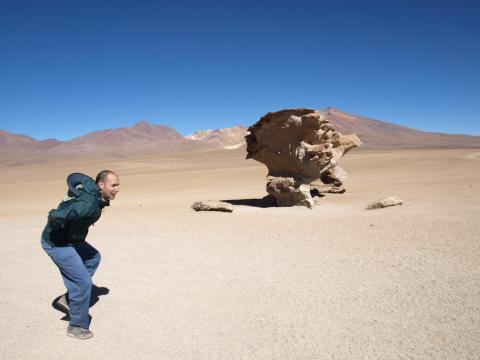
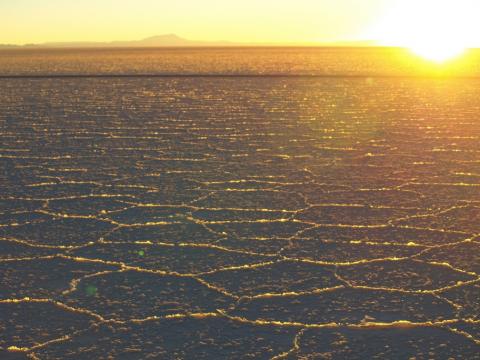

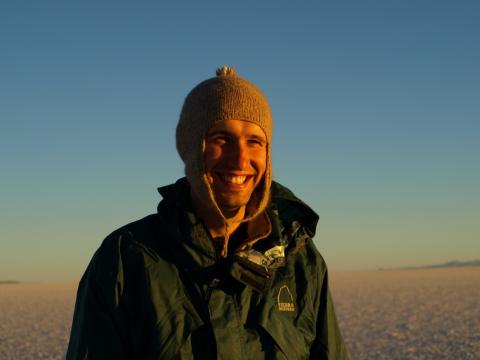

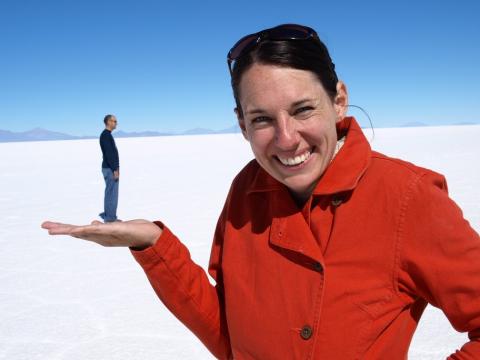
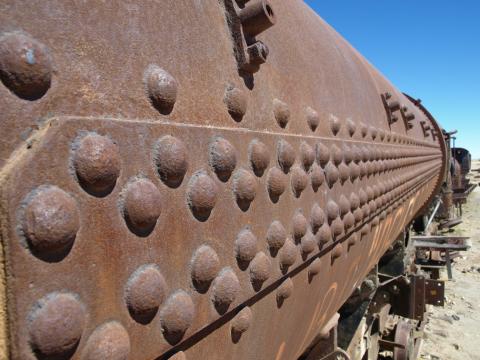


I'm sold! Wow, what an amazing post. Your happiness oozes from your story. I am so delighted to see and hear all of this. I would love to go. I'm adding it to my list of things to do before I'm decrepit.
OH MY GOD I love that picture where Nikki is holding Tiny Greg!!!! LOVE IT!
The Salar de Uyuni is the world’s largest salt water lake and without a shadow of a doubt, the lake is the pride of the South American nation of Bolivia. Besides, the lake is also ranked as one of the most, if not the most stunning places in the entire continent of South America.
Post new comment